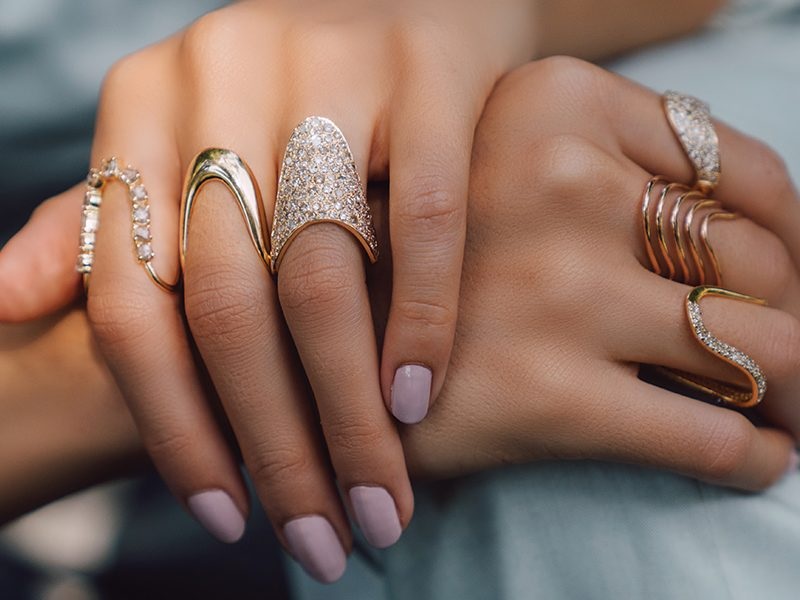Jewellery has been an integral part of human civilization for centuries. It is not only a form of adornment but also a reflection of cultural beliefs, social status, and personal style. Jewellery trends change with time and are influenced by various factors, including cultural influences. In this article, we will explore the relationship between jewellery trends and cultural influences.

Cultural Influences on Jewellery Trends
Culture plays a significant role in shaping jewellery trends. Different cultures have their unique styles and preferences when it comes to jewellery. For instance, in India, gold jewellery is an essential part of weddings and other auspicious occasions. Similarly, in Africa, beads and shells are used to make jewellery, reflecting the continent’s rich cultural heritage.
Moreover, cultural beliefs and traditions also influence jewellery trends. For instance, in some cultures, wearing specific types of jewellery is believed to bring good luck, ward off evil spirits, or symbolize spiritual beliefs. Such beliefs dictate the choice of materials, designs, and styles of jewellery.
Globalisation and Cultural Fusion in Jewellery Trends
With the advent of globalisation, jewellery trends have become more diverse and inclusive. Cultural fusion has become a prominent feature of modern jewellery trends. Different cultures are influencing each other, resulting in unique and innovative designs.
For example, the popularity of yoga and meditation has led to an increased demand for spiritual and healing jewellery. This trend has seen the fusion of Eastern and Western cultures, resulting in the creation of jewellery that combines traditional Eastern symbols with Western designs.
Similarly, the rise of African fashion has led to the popularity of Afrocentric jewellery. African-inspired designs, such as ethnic prints, tribal patterns, and natural materials, are incorporated into modern jewellery styles, resulting in a unique fusion of cultures.
Jewellery Trends and Social Movements
Jewellery trends also reflect social movements and cultural changes. For instance, the feminist movement has influenced jewellery trends, resulting in the creation of jewellery that celebrates women’s empowerment. Such jewellery features symbols of strength, equality, and solidarity.
Similarly, the LGBTQ+ movement has inspired the creation of jewellery that celebrates diversity and inclusivity. Rainbow-coloured jewellery, for instance, is a symbol of the LGBTQ+ community’s pride and identity.
Jewellery has always been a reflection of culture, beliefs, and personal style. Cultural influences play a significant role in shaping jewellery trends, resulting in diverse and unique styles. Globalisation has led to cultural fusion in jewellery trends, resulting in innovative and exciting designs. Jewellery trends also reflect social movements and cultural changes, highlighting the importance of jewellery as a means of self-expression and representation.

